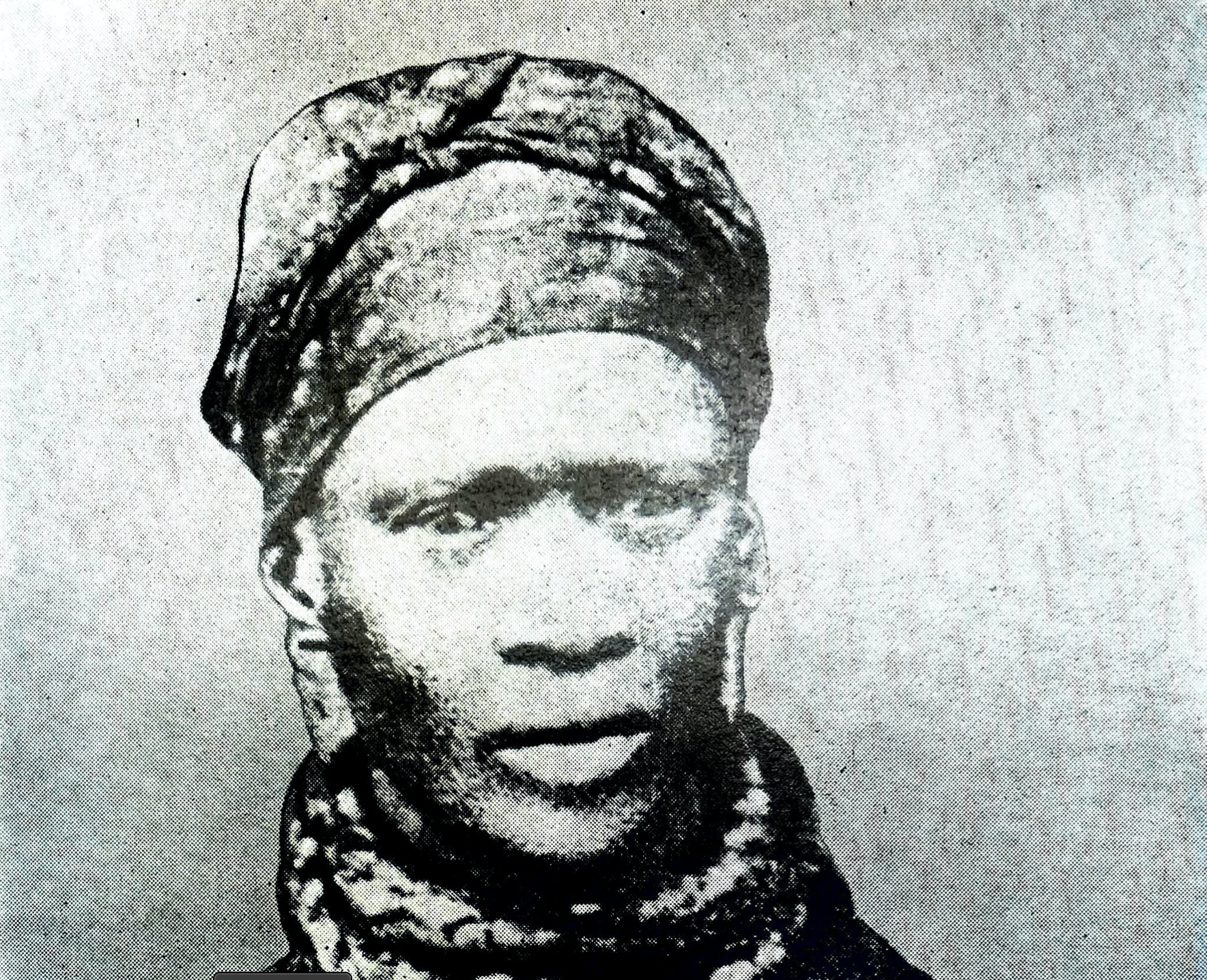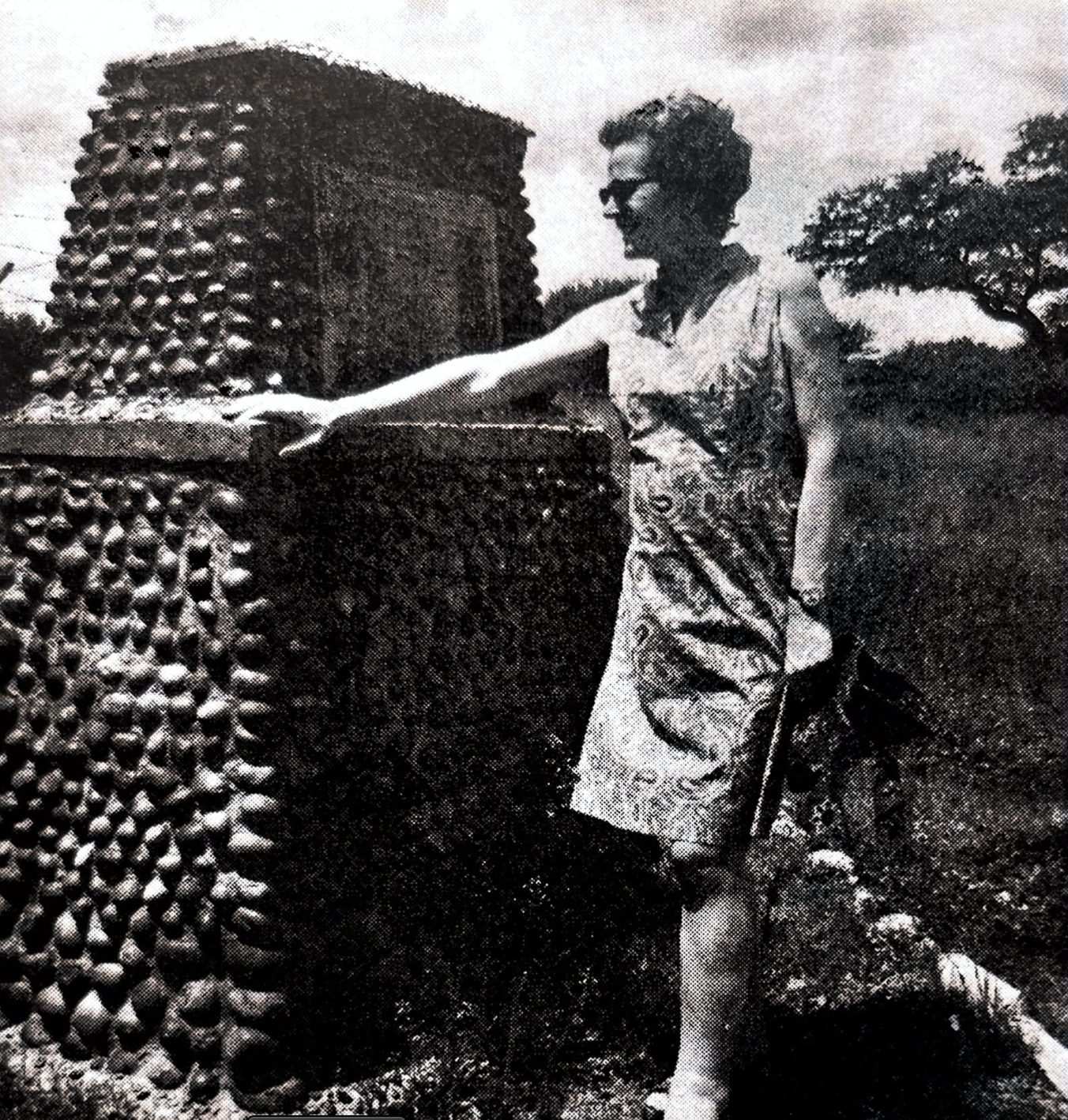There are records of two other early finds, but it was an 832-carat crystal that really started the worldwide rush of fortune seekers to Griqua country. Up to that time, a small population of diggers worked the wet diggings along the Vaal, Orange, and Hartz Rivers, and later the Riet and Modder Rivers. The diggers discovered that many Griquas and some of the Bushmen who were left knew of the stones, but not of course that they were diamonds. The 834-carat crystal that eventually became known as the Star of South Africa, was picked up by a shepherd known as Swartboy, or Zwartbooi, or a similar name, working for the owner of the Zandfontein Farm, situated on the Orange River well to the west of the De Kalk Farm where the first big diamond had been found.
 According to a statement he made later, Swartboy found the stone 'and recognized it as a diamond' on the opposite side of the river (northern side) before he joined the Zandfontein Farm, which therefore must have been before 12th November 1868. He had hidden the stone, thinking it would be confiscated by Waterboer, as it was found on his territory and he was a Waterboer subject. He told some friends and members of his family and a friend, Willem Piet, was entrusted with its sale. Piet followed the Orange River upstream until he reached the De Kalk Farm, where he sold the stone, which weighed 834 carats, to Van Niekerk for 500 sheep, ten head of cattle and one horse. News of the find soon spread after the sale and James Wykeham offered f11,100 for it, but Van Niekerk sold it to the Lilienfeld brothers for €11,200, much to Wykeham's disgust as he and his partner had apparently been prepared to go to €13,000. The Lilienfeld’s, aided by the Amsterdam diamond cutter, Louis Hond, seem to have cast some doubt on Wykeham's ability to pay. Wykeham responded by obtaining a temporary injunction restraining the Lilienfelds from selling the stone on the grounds that it had been found on Waterboer's territory and he had given no authority for its sale. Wykeham was a Justice of the Peace and a Deputy Sheriff. A legal battle followed with no holds barred. Swartboy was virtually kidnapped twice by the defending side in order to persuade him to change his story and say he found the stone on the Zandfontein Farm.
According to a statement he made later, Swartboy found the stone 'and recognized it as a diamond' on the opposite side of the river (northern side) before he joined the Zandfontein Farm, which therefore must have been before 12th November 1868. He had hidden the stone, thinking it would be confiscated by Waterboer, as it was found on his territory and he was a Waterboer subject. He told some friends and members of his family and a friend, Willem Piet, was entrusted with its sale. Piet followed the Orange River upstream until he reached the De Kalk Farm, where he sold the stone, which weighed 834 carats, to Van Niekerk for 500 sheep, ten head of cattle and one horse. News of the find soon spread after the sale and James Wykeham offered f11,100 for it, but Van Niekerk sold it to the Lilienfeld brothers for €11,200, much to Wykeham's disgust as he and his partner had apparently been prepared to go to €13,000. The Lilienfeld’s, aided by the Amsterdam diamond cutter, Louis Hond, seem to have cast some doubt on Wykeham's ability to pay. Wykeham responded by obtaining a temporary injunction restraining the Lilienfelds from selling the stone on the grounds that it had been found on Waterboer's territory and he had given no authority for its sale. Wykeham was a Justice of the Peace and a Deputy Sheriff. A legal battle followed with no holds barred. Swartboy was virtually kidnapped twice by the defending side in order to persuade him to change his story and say he found the stone on the Zandfontein Farm.
There were even claims that it was found on the De Kalk Farm. Swartboy did change his story and many other witnesses swore to obvious lies in their affidavits. One letter still extant suggests there was only one way to solve the problem, to 'get possession of Swartboy and bring him "kindly" over to your side or else "fix" a 50 lb. Wgt. to his neck and drop him in a fish Pond.' When the interdict came before the Supreme Court in Cape Town to show whether or not it should be made absolute, the Chief Justice remarked that the affidavits were merely based on hearsay evidence. Swartboy had admitted he was a liar, but one judge commented that some people might consider a man had a moral right to tell a lie if asked an impertinent question upon a matter he wished to keep a secret. 
The application was refused, however, partly on the grounds that Waterboer was not a party to it; the Lilienfelds were also awarded costs. The diamond was sent to London on M. V. Celt after being exhibited at Port Elizabeth. The cargo was listed as wool, feathers, hides, sheep and goatskin, oil, wine, raisins, ivory, a box of diamonds from Adler and Co. of Port Elizabeth, and five live zebras. En route, it was exhibited in Cape Town on behalf of the Ladies' Benevolent Society, and eventually reached London, where it sold for €25,000 by Hunt and Roskell to the Earl of Dudley. It became known as the Dudley Diamond, although it had been referred to as the Star of South Africa in the court case. After 'disappearing' for some years, it turned up again as the Star of South Africa in a sale held by Christie, Manson and Wood in Geneva in 1974, where it fetched 1,600,000 Swiss francs, worth at the time €225,000. There is a story that, before its despatch from South Africa, it was placed on the table of Parliament and the Colonial Secretary declared, 'This diamond, gentlemen, is the rock on which the future success of South Africa will be built.' It is a good story; unfortunately, the diamond had left for London by the time the South African Parliament was convened on 23rd June 1869.
